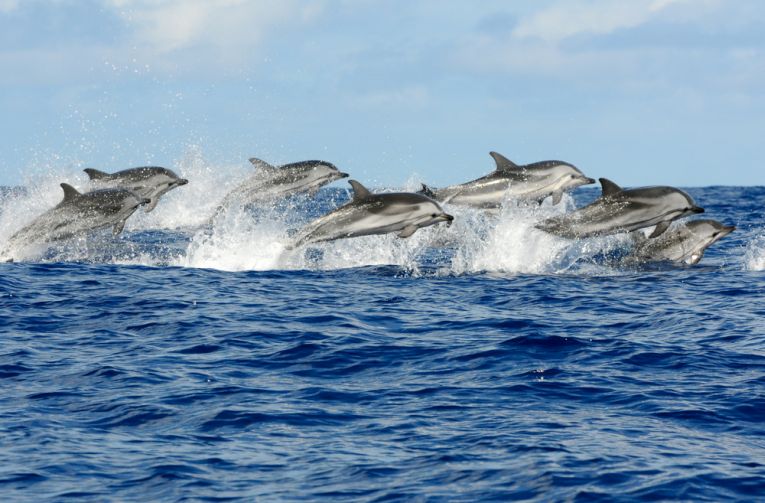Earlier this month, SeaWorld made its media rounds after reports that its attendance has dropped in the wake of Blackfish and corresponding activism against captive orcas. Unfortunately for the orca’s beloved relative, the bottlenose dolphin, the feel-good Dolphin Tale film series based on Winter at Clearwater Marine Aquarium has not elicited so much public criticism. While dolphins have certainly been caught up in the captive viewing industry, they have also been ensnared in a more subtly dangerous operation known as captive rehabilitation.
In the context of dolphins, captive rehabilitation is when a stranded or beached dolphin is taken to a permitted rehabilitation facility to receive medical and therapeutic treatment. In most cases, the goal of the facility is to help the dolphin recover from whatever ailment it has, then release it back into the wild. Although rescue efforts are generally well-intentioned, there are several serious problems with using captive rehabilitation for dolphins.
The primary issue is that captive rehabilitation simply does not have a high success rate, and many rehabilitation facilities do not have an amazing output of dolphins back into the wild. This is because the way these facilities care for dolphins is counterintuitive. Studies have shown that the unnatural conditions of captivity cause both emotional and physical distress in dolphins, which are highly emotional, intelligent, and self-aware animals. This stress actually prevents the healing process from occurring, often causing more problems, stalling release, and giving dolphins a poorer quality of life for the duration of their treatment.
Furthermore, a concern raised by Whale and Dolphin Conservation (WDC) is that some US rehabilitation facilities also have captive display permits that allow them to display their dolphins for public viewing. This is a serious conflict of interest in terms of the dolphins’ welfare because putting them on display can quickly become a way to raise money, offering an incentive for prioritizing the visitors’ comfort and experience over what is best for the animals.
Even without complications, rehabilitation may take months at a time, and some dolphins may never be deemed suitable for release. Forcing these animals to spend months, or potentially their whole lives, in tanks that can never be as healthy and stimulating as their natural environment is simply cruel. The way dolphins are rehabilitated in the United States needs to change.
What dolphins need is a more natural alternative to current captive rehabilitation.
If we are going to continue to use captive rehabilitation facilities for now, they should at least be improved to be more naturalistic. Clearwater Marine Aquarium has planned a future expansion that will benefit their dolphins, however much of the design still caters to human visitors. Facilities really need to limit public access, which would decrease stressful human presence and noise and also open up even more space for tank expansion by eliminating public viewing areas. Webcams could be used to maintain a supportive audience without being intrusive.
However, the most effective improvement for rehabilitation would be to use sea pens, which are sectioned off coves and bays. Endorsed by Richard O’Barry, who is a marine mammal specialist at Earth Island Institute and was featured in The Cove, sea pens allow dolphins to live in small groups together and practice natural behaviors that are vital for a successful return to the ocean while still being monitored and cared for. Perhaps captive rehabilitation facilities could develop plans to feasibly phase out indoor enclosures over time, keeping some around for initial medical treatment and for rehabilitation of smaller animals. Perhaps, to achieve this goal, marine facilities with millions of dollars could focus their spending on creating effective and humane spaces for dolphins.
With all of this in mind, I encourage you to be a more critical supporter of dolphin rescue efforts. Many rehabilitation facilities advertise the educational benefits of captive viewing to justify keeping their dolphins inside and on display. But, honestly, if we need to see a wild animal in a glass box in order to care about it, we have a bigger problem to contend with. We must remember that we decide to remove dolphins from the wild to help them, so it is our duty to do our best for them. Improving rehabilitation procedures and facilities would give dolphins a better quality of life during treatment, and more of them would get a second chance at a joyful life in the ocean, which is what we should ultimately want for them
For more on dolphin stories, take a look at these various delphinic discoveries.










